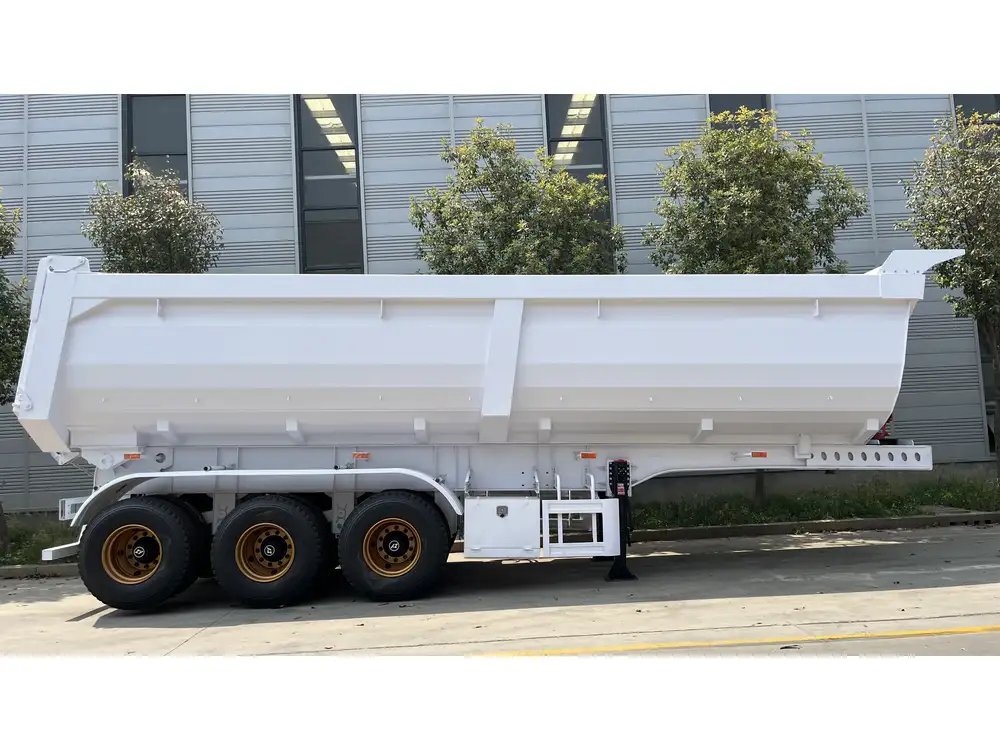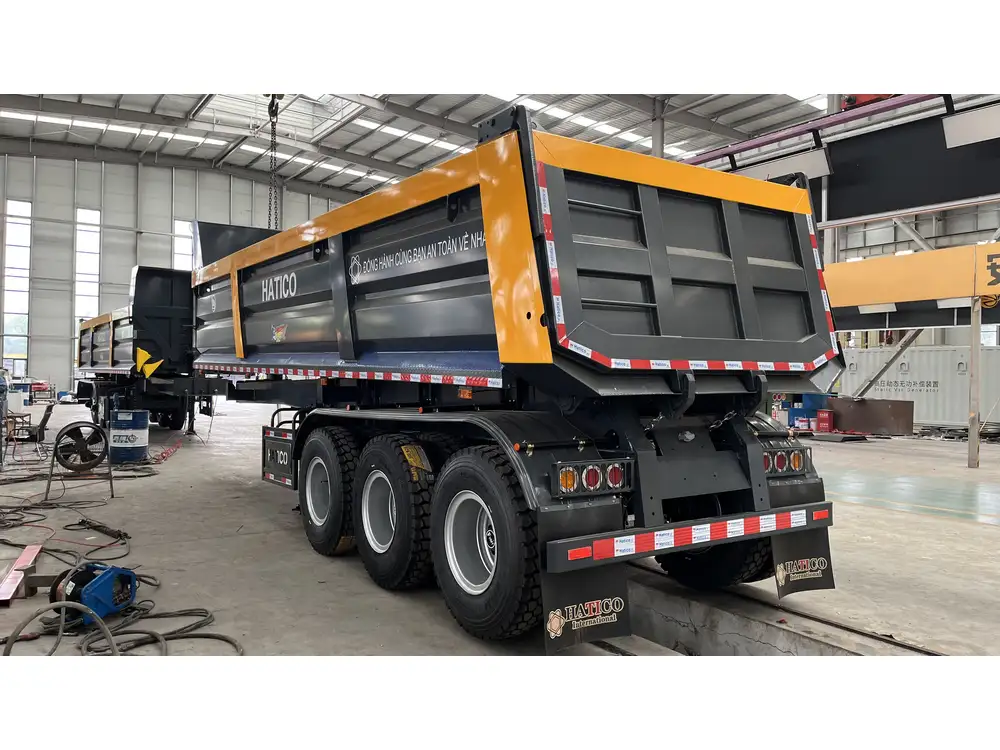When it comes to camping, road trips, or living on the move, travel trailers are an excellent choice for enjoying the great outdoors without sacrificing comfort. Amidst the myriad of features that enhance the travel trailer experience, propane tanks serve as a crucial element. Responsible for powering appliances, heating systems, and hot water in many trailers, understanding the sizes and types of propane tanks is essential for every traveler. In this article, we’ll delve deep into the variances in propane tank sizes, their capacities, applications in travel trailers, and considerations to ensure you choose the right one for your needs.
Table of Contents
- Introducing Propane as a Fuel Source
- Common Propane Tank Sizes
- Understanding Propane Tank Capacities
- Choosing the Right Tank Size for Your Travel Trailer
- Installation Considerations
- Safety Guidelines for Propane Use
- Conclusion
Introducing Propane as a Fuel Source
Propane, a byproduct of natural gas processing and petroleum refining, stands out as a clean-burning energy source with a high energy density. It is commonly utilized in various applications such as heating, cooking, and fueling appliances and generators in travel trailers. One of its significant advantages lies in its portability and ease of storage, making it integral for road-trippers seeking comfort and convenience.
Before diving into propane tank sizes, it’s vital to grasp the main applications where propane is essential in a travel trailer:
- Cooking: Stoves and ovens powered by propane.
- Heating: Propane furnaces and heaters.
- Hot Water Supply: Water heaters that run on propane.
- Recreational Use: Barbecues and outdoor heaters.

Common Propane Tank Sizes
Propane tanks come in a variety of shapes and sizes, but the most prevalent sizes for travel trailers include:
| Tank Size | Typical Capacity (gallons) | Common Uses |
|---|---|---|
| 20 lb (5 gal) | 4.7 gallons | Small campers, trailers for cooking, water heating |
| 30 lb (7.1 gal) | 7.1 gallons | Medium-sized trailers with additional appliances |
| 40 lb (9.4 gal) | 9.4 gallons | Larger trailers and extended trips involving higher demands |
| 100 lb (23.6 gal) | 23.6 gallons | Full-time RVers or oversized trailers |
Understanding Propane Tank Capacities
The capacity of a propane tank is typically measured in gallons. To comprehend how that translates into practical usage, let’s analyze the conversion of propane to BTUs (British Thermal Units), which represents energy content. Here’s a simplified breakdown:
- 1 gallon of propane provides approximately 91,500 BTUs.
- 20 lb tank (4.7 gallons) = 430,000 BTUs.
- 30 lb tank (7.1 gallons) = 650,000 BTUs.
- 40 lb tank (9.4 gallons) = 860,000 BTUs.
- 100 lb tank (23.6 gallons) = 2,160,000 BTUs.
The implications of these figures are significant when planning your travels. A greater BTU output signifies longer usage times between refills, enhancing your camping experience without the stress of frequent propane shortages.
Choosing the Right Tank Size for Your Travel Trailer
Selecting an appropriate propane tank for your travel trailer hinges on several factors:
Usage: Assess how many appliances you will be using and how often. For example, if your travel routine involves extensive cooking, a larger tank might be advantageous.
Duration of Trips: A short weekend getaway may suffice with a smaller 20 lb tank; however, if you’re on a long trip or living full-time in your trailer, a 30 lb or even a 100 lb tank could be necessary.
Space Availability: Evaluate the compartment designated for the propane tank in your travel trailer. Ensure to measure the available space methodically to avoid buying a tank that won’t fit.
Weight Considerations: The weight of propane tanks can accumulate, especially when considering the base weight of the trailer and cargo. A heavier loaded trailer can affect towing and handling.
Regulatory Compliance: Different states may have regulations regarding propane tank sizes and the installation of propane systems. Always check local guidelines to ensure compliance.

Installation Considerations
Installing a propane tank in a travel trailer entails adhering to specific structural and safety protocols. Key considerations include:
- Accessibility: Installation locations should allow easy access for refilling and maintenance.
- Ventilation: Tanks should be placed in ventilated areas to prevent the build-up of potentially hazardous fumes.
- Secure Mounting: Ensure the tank is firmly mounted and secured to avoid any movements during travel.
To comply with installation standards, it’s advisable to engage a licensed technician to perform the installation, ensuring an expert approach that meets all safety regulations.
Safety Guidelines for Propane Use
Managing propane safely in a travel trailer is paramount. Here are crucial safety guidelines:
Regular Inspections: Conduct routine checks of your propane system, including hoses, connections, and the tank itself. Look for signs of wear or damage.
Proper Ventilation: Ensure your trailer has adequate ventilation when using propane-powered appliances to prevent carbon monoxide buildup.
Emergency Shut-off: Familiarize yourself with the location of the emergency shut-off valve and ensure it’s easily accessible in case of a gas leak.
Use Leak Detectors: Invest in propane leak detectors to provide early warnings of potential leaks.
Stay Within Capacity: Never overfill your propane tanks. Adhering to recommended fill levels is crucial to prevent excess pressure.
Training: Engage in training sessions on propane safety and emergency response actions, ensuring all trip participants know how to handle propane safely.
Conclusion
In summation, understanding which propane tank size fits best with your travel trailer is a necessity that can significantly enhance your journey. With various sizes available, it’s crucial to make your selection based on several factors, including your usage patterns, trip durations, and power requirements of your appliances. By staying informed and adhering to safety protocols, you can enjoy the full delights of your travel trailer experience while minimizing risks associated with propane use.
Making informed decisions about propane tank sizes, installation, and safety not only aids in optimizing your travel convenience but also ensures peace of mind while on the road. Take the time to understand both the capacities and practicalities outlined in this guide—your future self will undoubtedly thank you on those long, beautiful adventures ahead!



